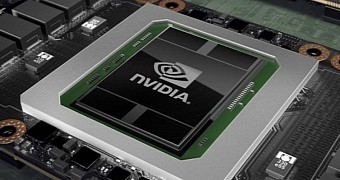A security vulnerability discovered in NVIDIA GeForce Experience for Windows allows an attacker to obtain an elevation of privilege and lead to code execution or denial of service, according to an official advisory released by the company.
Discovered by David Yesland of Rhino Security Labs, the vulnerability is tracked as CVE‑2019‑5674, and it affects all versions of the software prior to 3.18.
On March 19, NVIDIA released Geforce Experience version 3.18.0.94 to resolve bugs, implement new features, but also to correct the aforementioned security vulnerability, as per the official changelog.
“NVIDIA GeForce Experience contains a vulnerability when ShadowPlay, NvContainer, or GameStream is enabled. When opening a file, the software does not check for hard links. This behavior may lead to code execution, denial of service, or escalation of privileges,” NVIDIA explains.
Patch already available
In a technical analysis of the bug, the security researcher notes that exploiting the vulnerability gives access to system files, which would help provide an attacker with full control of an unpatched system.
“This vulnerability allowed any system file to be overwritten due to insecure permissions set on log files which GFE writes data to as the SYSTEM user. Additionally, one log file contained data that could be user-controlled, allowing commands to be injected into it and then written to as a batch files leading to code execution on other users and potentially privilege escalation,” he says.
Access to the device is required for a successful attack, so a hacker first needs to compromise the device using a different method, and only then attempt to obtain elevated privileges using the bug in NVIDIA software.
At the time of writing this article, there are no reports of successful exploits, but users are recommended to patch the GeForce Experience software as soon as possible.
You can download the latest version of NVIDIA GeForce Experience from Softpedia using this link.

 14 DAY TRIAL //
14 DAY TRIAL //